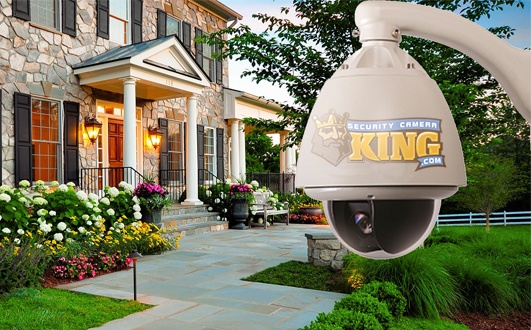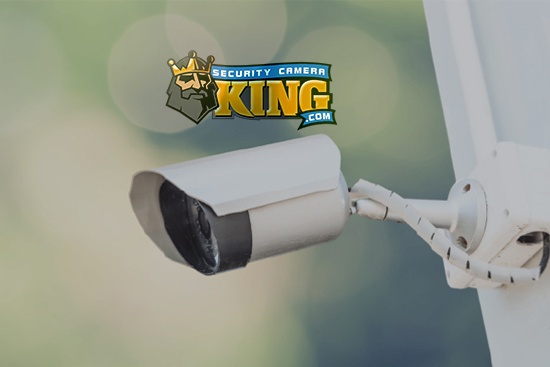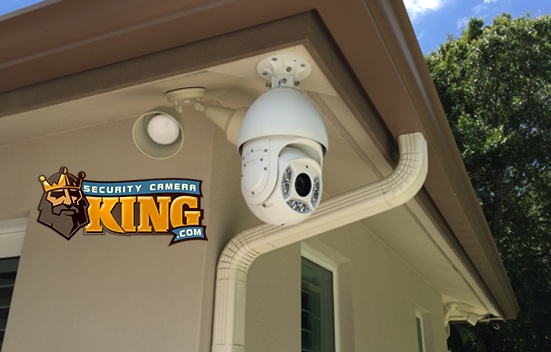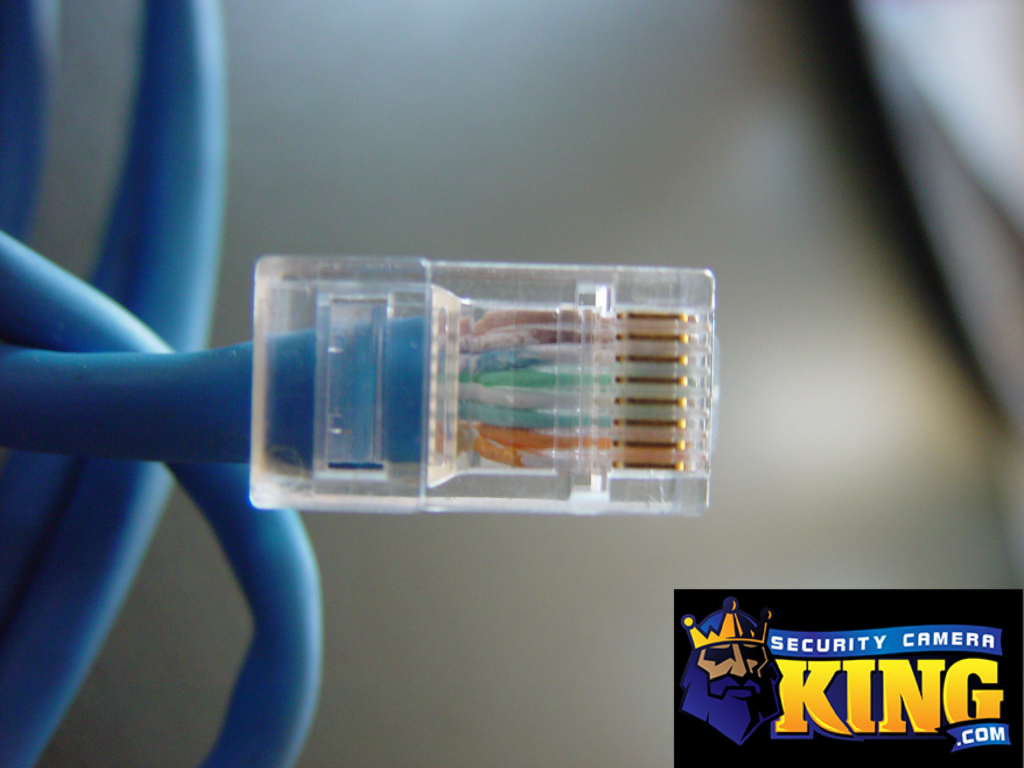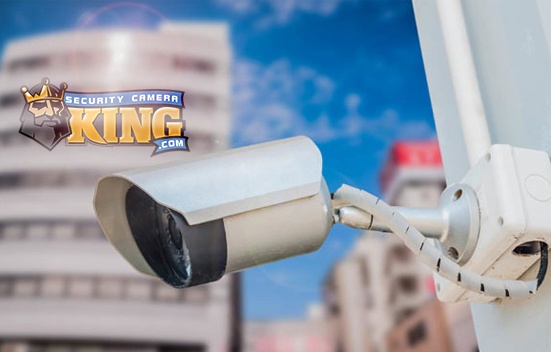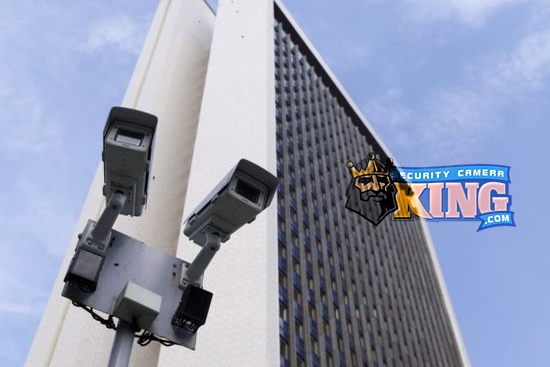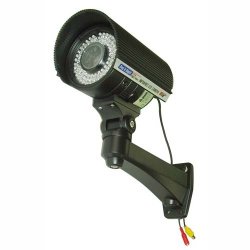 If you need security and surveillance coverage in poorly lit or no light areas, you should try using an infrared camera system. In the following article we’ll talk about how these cameras work and what to look (out) for when purchasing a system.
If you need security and surveillance coverage in poorly lit or no light areas, you should try using an infrared camera system. In the following article we’ll talk about how these cameras work and what to look (out) for when purchasing a system.
Under normal daylight conditions a digital video security camera utilizes the light waves that are reflected from the objects in its field of vision. It does this by using a lens to focus the entire image onto a sensor chip that is usually 1/4 or 1/3 of an inch square. The sensor chips work by converting the light energy into a small electrical impulse which can be measured and therefore ultimately used to create a digital video image.
Although both chips work a little differently, each produces the same result. The type of sensor used is usually the choice of the manufacturer. They are normally referred to by an acronym because the names are relatively long.
One sensor is called a Charged Coupled Device or CCD and the other is called a Complementary Metal Oxide Semiconductor or CMOS. These sensors have a lot in common even though they function differently. However one of their common traits is that both the CCD and the CMOS inherently sense infrared waves in the near infrared spectrum. Because of this, a regular digital video camera can also be used as an infrared camera or collectively as an infrared camera system.
Actually, in some systems, a filter is used during the daytime to prevent infrared radiation from reaching the sensor. Sometimes extra infrared in addition to visible light exposure may result in a poor daytime image without a filter.
A typical infrared camera system also produces images that are either black and white or monochromatic. Even though these images may not be “in color” they can still maintain the crisp, clear, high-resolution that is associated with the daytime use of the cameras.
An infrared camera system does not produce color images when working in infrared mode because it senses the near infrared spectrum. The near infrared spectrum does not include visible light so only a monochromatic image, not a color image, is seen. Some may consider this a disadvantage of infrared camera systems, but to many the other special features of an infrared camera far out weigh this particular feature.
One advantage of using infrared radiation in darkness is that the human eye can not see the infrared radiation (light)–but the camera can. This feature can put the camera in a stealth mode making it very difficult to see at night, yet its picture is just as clear and detailed as if it were daylight conditions.
The near infrared light spectrum is at the lower end of the infrared scale so it generally requires artificial near infrared light to do its job. But where does the infrared camera system get its infrared light?
Basically, of the three types of cameras box, bullet, and dome, the bullet and dome cameras may furnish their own light. This is done by placing InfraRed Light Emitting Diodes or IR LEDs in an array around the camera lens. Although humans can’t see this special light source, it provides enough light as to make it look like a floodlight was used to capture the video image.
Generally, the more IR LEDs that are used the longer the range of the infrared video image from the camera. One thing to look (out) for is the IR range. If you are interested in purchasing an infrared camera system, you need to measure the distance you want the camera to cover under IR mode. Most cameras state this on their package in their specifications for example, “IR Range 60 feet indoors 50 feet outdoors.”
If the infrared camera system does not achieve the distance you may require, you can either purchase a camera with a longer range or purchase an “Illuminator.” An illuminator is a series of IR LEDs that at are strong enough to shed infrared “light” up to 300 feet or more. Illuminators often mount like cameras and use the same power requirements of a typical camera. Once again, check the specifications of illuminator to make sure the range extension it provides meets your requirements.
If you have any additional questions about an infrared camera system, please contact one of Security Camera King’s security experts by Live Chat or telephone. We love to help!


